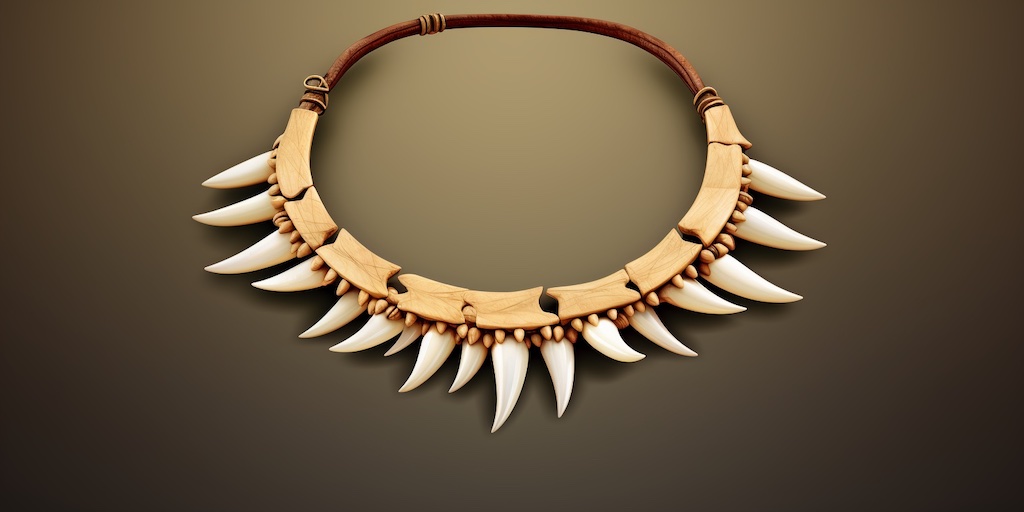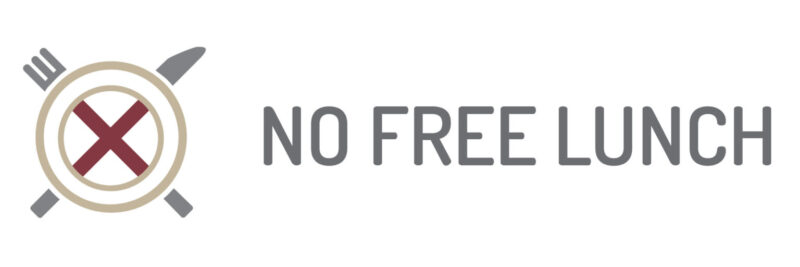When you learn how our need for money first emerged, it might change how you value your time and energy today.

If money does what it’s supposed to do, the only question people generally have is how to get more of it. Perhaps if more of us were curious about the origins of money, it might help us understand what it is we are really chasing.
Money, as we know it, has played a fundamental role in society for over 2,000 years; its form may have changed, but its function has always been the same.
Money transports our labour through space and time, giving us the ability to exchange that virtual labour for someone else’s or store it up for convenient use, with no loss of value, at some point in the future.
Technology aside, buying groceries using GooglePay on your smartphone is no different from your ancestors exchanging shells for wheat.
The desire to transport our labour hasn’t always been there, so its emergence is considered one of the most crucial turning points in mankind’s evolution and is part of money’s origin story.
Money & Time Preference
Up to about 12,000 years ago, humans were nomadic, living a hunter-gatherer existence; the men hunted animals, while the women reared children and gathered nuts and berries.
As nomads, our ancestors moved around following the herds of prey, which were the basis of their survival. They lived a hand-to-mouth lifestyle, with what is known as high time preference.
They placed exclusive emphasis on activities with immediate reward because life was very precarious. It required effort just to stay alive – roughly 1,600 calories a day.
At some point – in response to an unknown evolutionary trigger – that time preference gradually lengthened.
This meant that some of the effort certain nomadic groups usually expended in hunting for immediate needs was instead invested in something that would only bring benefit in the future.
This process likely started with:
- Spending time making weapons
- Making tools to improve the butchering of animals
- Building reusable traps
- Making clothing
- Creating ways of accessing fruit that would normally be out of reach
- Progressing from fishing spears to fishing nets.
Collectibles & Proto-Money
Changing time preference is also evidenced in early forms of jewellery made from teeth and shells, which took a lot of that precious energy.
Beads made from pea-like shells dating back 75,000 years have been found in caves in South Africa.
There may not have been an obvious practical payoff to making jewellery, but what they could do with these collectables was pass them on to future generations.
Collectables were a key part of ceremonies and burial, with necklaces of teeth found in graves and caves in numerous independent locations.
The characteristic that allowed collectables to survive was durability, while part of their intrinsic value was from their scarcity.
It isn’t a coincidence that diverse types of collectables possess the same characteristics.
They illustrate the unconscious desire of our ancestors to somehow leave a symbolic mark of their existence through an item that stood out because of its rarity and pleasing look that would survive into the future because of its durability: what we now call a store of value.
Without knowing it, our ancestors had found a way to transport their energy through space and time, a forerunner to money, described as proto-money.
From survival to surplus
Part of the pivotal change in human behaviour was realising that remaining in one place was a better survival tactic than roaming.
This would eventually lead to the domestication of wild animals, the cultivation of crops and specialisation – wheat farmer, beekeeper, goat herder – known as the Agrarian Revolution, which happened around 12,000 years ago.
The Agrarian Revolution saw a further lengthening in time preference, with increasing amounts of labour invested in the things that paid dividends in the future. Plant in spring, harvest in summer.
As those specialisations developed, farmers started producing more than they needed for survival. Those surpluses could be exchanged, which likely happened on a credit basis (not as widely assumed via barter).
Maybe the person keeping pigs was happy to exchange a piglet on the understanding that they could get a sack of corn or some honey as required.
Though the credit system was a good initial solution to the needs arising from specialisation, it soon reached its limits due to something known as the ‘coincidence of wants’.
The coincidence of wants
Direct exchange of items considered of equivalent value can only go so far. Eventually, the mental gymnastics involved in remembering the exchange rate between various pairs of items and who the credit was owed to or from became unmanageable.
How do you divide a cow into fractions? What do you do when an exchange would give you too much of a perishable good? What if you don’t need any more leather sandals? How do you give credit to a passing trader?
It was at this point that early forms of money were employed to facilitate unlimited exchange and solve the problem of the coincidence of wants.
Early forms of money
In Sumeria, clay tablets kept a record of who owed what to whom. In more primitive societies, early forms of money were dictated by what was naturally available – coconuts, beads, shells, or even giant doughnut-shaped rocks called Rai stones used in Micronesia.
What money enabled – and still does to this day – was a universal representation of the value of the labour invested in rearing the piglet, growing wheat or harvesting the honey (all of which were consumable and perishable), which made exchange simpler.
Money also stored the value of that energy so that it could be realised at a place and point of choosing in the future.
The evolution of money
And when it became apparent that a particular form of money wasn’t doing a great job at facilitating exchange or storing value, it was replaced with something better.
Gold and silver were ideal commodities for money because they were durable, scarce and malleable, so they could be divided into small units (coins) that were portable and relatively uniform.
Notes representing the valuable commodities improved portability and provided better security.
Today, money is digitised through the likes of Google Pay, where we started this article.
Understanding the origins of money helps you realise that what we use today is just a point on a continuum. Money will continue to evolve, with Bitcoin and its many offshoots the latest attempt to improve it.
Bitcoin may not succeed; what will determine the new dominant form of money is whether it improves our ability to move our labour through space and time.
Money, energy & time
Your perspective of money might change when you start thinking about it as simply a tool, with time and energy, the important underlying resources it represents.
You might question money’s ability to protect the value of those precious resources, especially in the current climate of high inflation, eating away at money’s spending power.
That, in turn, will help you appreciate the crushing pain of living under hyperinflation, where the value of your labour is eroded before your eyes.
It will help you understand the connection between wealth and stores of value, like land, gold and art, and why people are so desperate to get on the property ladder.
It will also make you think about how different forms of labour are rewarded, as well think about how we value our time outside of the formal work environment, as it is just as valuable.
Being a housewife, looking after kids, and caring for sick relatives are all important uses of time and labour without explicit reward.
No Free Lunch
There is no such thing as a free lunch, but if you’re hungry to find out why, we’re here to help.
You can learn the meaning and origin of the no free lunch concept, as well as the broader philosophy behind the idea that nothing can ever be regarded as free.
We look at our relationship with money and truth, examining all of the supposed shortcuts, life hacks and get-rich-quick schemes.
